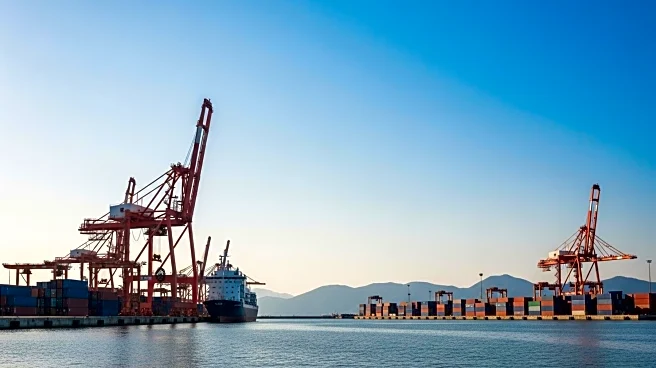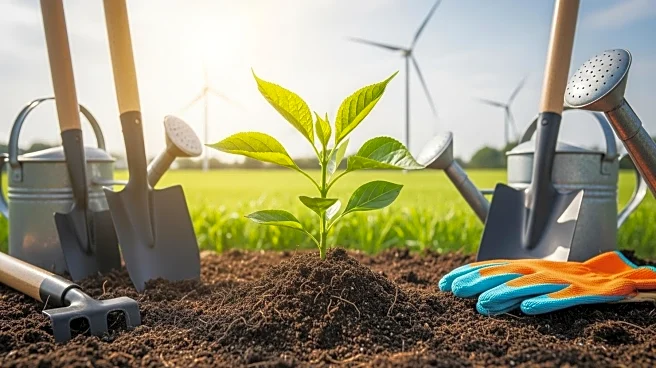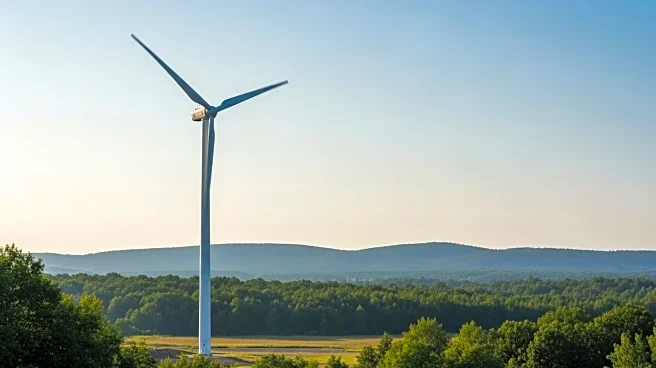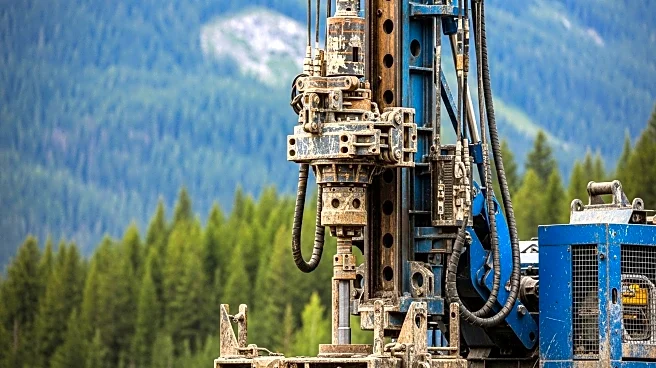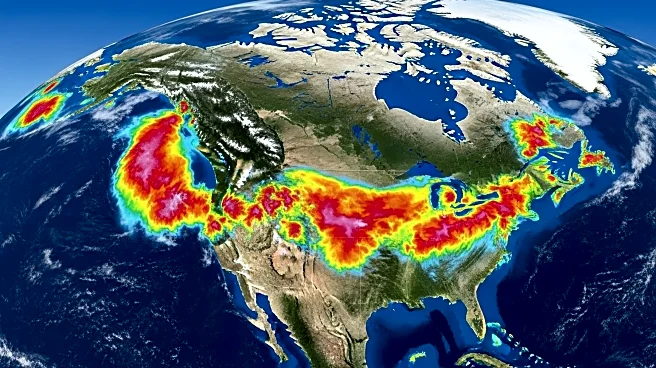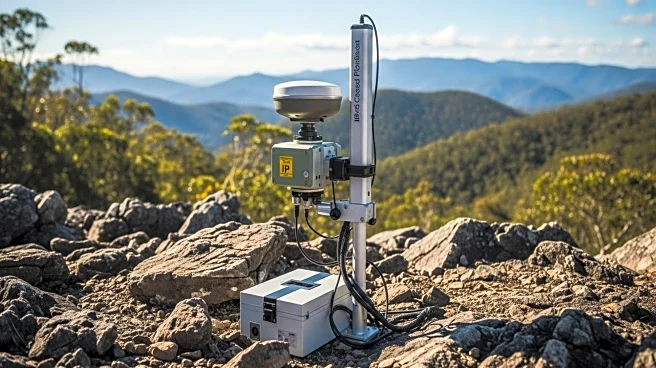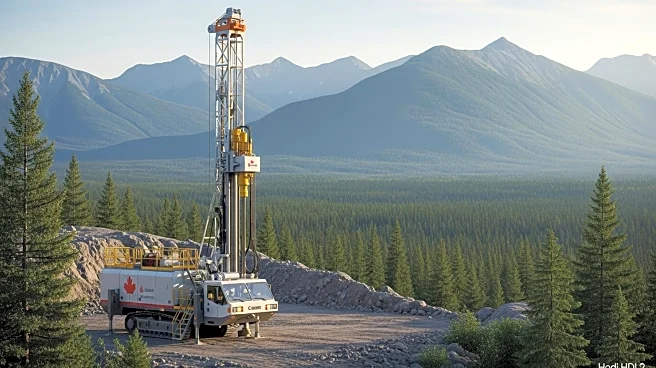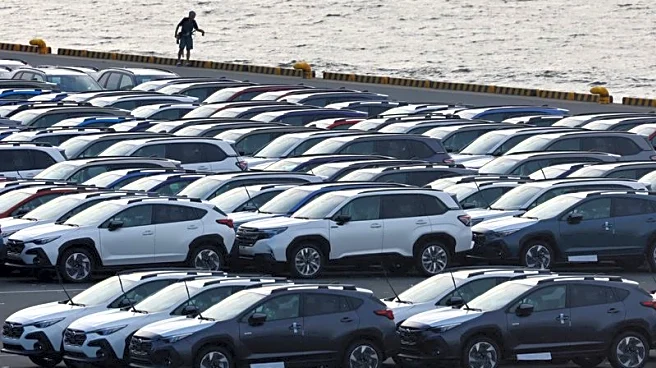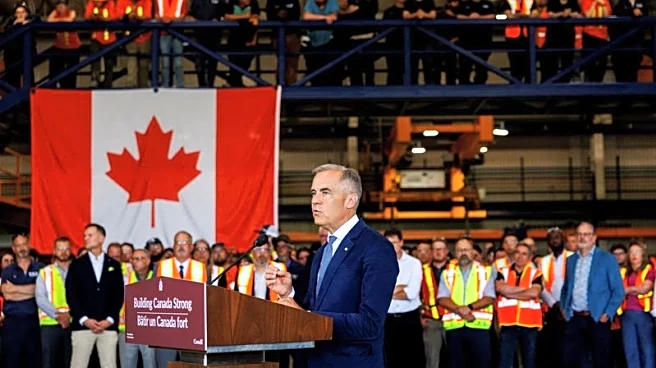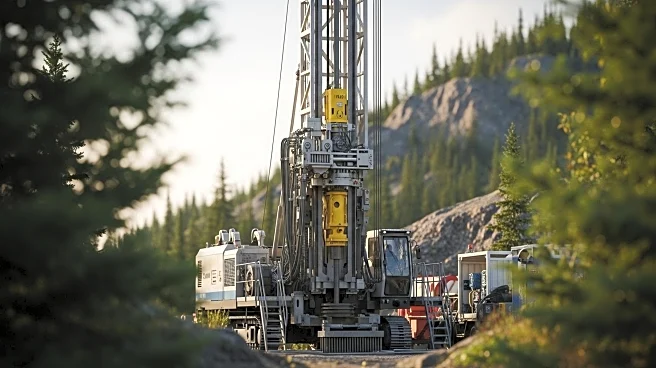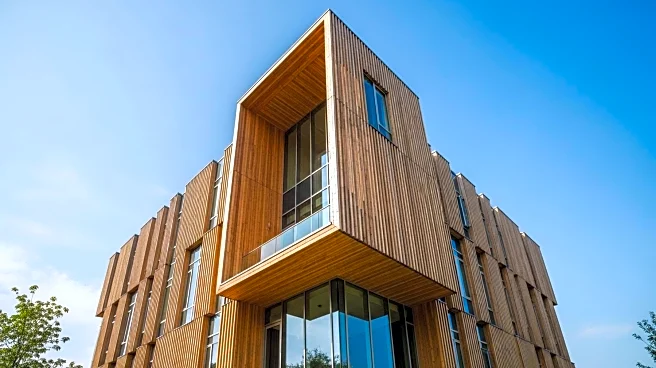What is the story about?
What's Happening?
The Nisga’a Nation and Tahltan Nation Development Limited Partnership, in collaboration with Arrow Transportation Systems Inc., have acquired the Port of Stewart Bulk Terminal in northwestern British Columbia. This acquisition aims to enhance the transportation of critical minerals, such as copper concentrate, from mines located in the territories of the Nisga’a and Tahltan Nations. The partnership has formed a joint venture known as the Portland Canal Holdings Limited Partnership to manage the terminal. The Government of British Columbia has supported this initiative with a C$5 million grant, highlighting the project's significance in boosting market access and economic growth for the First Nations and Canada.
Why It's Important?
This acquisition is crucial for the First Nations as it provides them with greater control over the transportation of minerals from their territories, potentially leading to increased economic benefits and job opportunities. The strategic location of the terminal enhances the efficiency of mineral transportation, which is vital for the mining industry in the region. The involvement of the Government of British Columbia underscores the importance of this project in fostering economic development and strengthening the partnership between the government and First Nations.
What's Next?
The partnership plans to launch a new transportation business by merging regional trucking operations, which could further enhance the economic impact of the acquisition. This move may lead to increased collaboration between the First Nations and other stakeholders in the mining and transportation sectors, potentially resulting in more investments and development projects in the region.
Beyond the Headlines
The acquisition reflects a broader trend of First Nations taking active roles in managing and benefiting from resources within their territories. This could lead to more sustainable and equitable development practices, as well as increased recognition of the rights and contributions of Indigenous communities in Canada.
AI Generated Content
Do you find this article useful?
